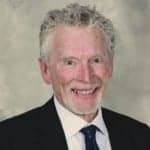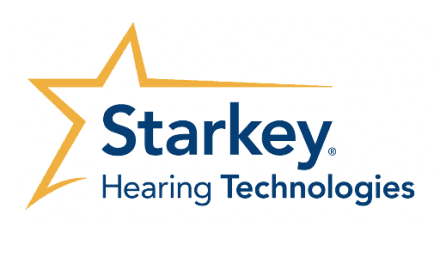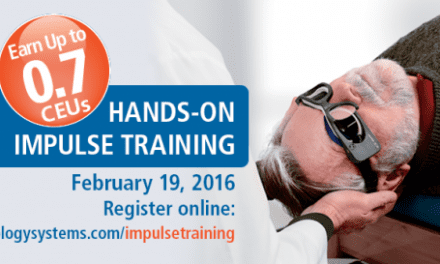Final Word | August 2016 Hearing Review

It isn’t much different with hearing treatments. We need and use data to select the proper devices, and to make the proper adjustments. One problem in hearing healthcare is that new products often come to the market before there are independent studies that provide scientific data on how effective they will be. We may have some data from what we can measure and learn from an individual patient, but to a large degree, we are dependent upon marketing information from the manufacturer. If we understand that the information is from a specific manufacturer, we should be all right, as long as the manufacturer’s messaging describes how a product was designed, what research was used to develop it, and what was learned from in-house data collection. We should be cautious and careful, however, in the absence of independent data. That said, treatment with hearing aids is reversible. We have the opportunity to try new things that may benefit the patient. Treatment works best when we and the patient understand that a product or adjustment may be part of a trial-and-error process because we lack enough data to be absolutely sure about the action.
Implantable products are another story. These more invasive treatments may not be easily reversible. Yet, because of the more invasive nature of implantable devices, there are more data available as a result of the product safety standards and requirements. The gray area comes with off-label applications. A product may have been tested and cleared for use with certain ages and hearing loss characteristics, but not for others. What is our responsibility as hearing care professionals? I remember decades ago seeing a typically developing 5-year-old who became ill with meningitis, which resulted in a bilateral total hearing loss the summer before he was to enter kindergarten. The available data indicated that multiple channel cochlear implants were performing very well for adults at that time, but were not yet approved for use in children. The available data also informed us that it was very likely that surgery would not be possible in the near future due to ossification. For the child’s best possible outcome, an immediate decision was necessary, even in the absence of necessary data. Outcomes of implantation in young children were simply unknown at that time. The decision regarding this 5-year-old wasn’t my call, but I made the referral to an implant site that was doing experimental work. The surgeon and the family agreed that the potential benefit for this child was worth the risk and, fortunately, the outcome was very successful. That case was a good bet, but was still a risk.
As providers of hearing healthcare, we can find ourselves caught in scenarios where there are no data to show that a particular treatment or new product is of benefit—even when we think it may be the best option for a particular patient. When considering new, untested treatment options, it is important to consider all of the available data before moving ahead. On the other hand, you may want to question whether or not a device that is eagerly touted by the manufacturer is a reliable “product looking for a market.”
The Final Word? Our responsibility with respect to treatment of hearing loss is to clearly understand each patient’s problem, and lead them down a path that is well-marked with plenty of guideposts reflecting the knowledge of those who have traveled the same path before us. Even if there is no hard scientific data available, we must start with what is known, and then assemble the facts and the unknowns. It is our responsibility to gather as much information as we are able. We may not know for certain where we will end up, but at least we will know that we gathered as much data as possible to help the patient reach the best possible, or most fruitful, outcome.
Dennis Van Vliet, AuD, has been a prominent clinician, columnist, educator, and leader in the hearing healthcare field for nearly 40 years, and his professional experience includes working as an educational audiologist, a private-practice owner, and VP of audiology for a large dispensing network. He currently serves as the senior director of professional relations for Starkey Hearing Technologies, Eden Prairie, Minn.
Correspondence can be addressed to HR or: [email protected]
Original citation for this article: Van Vliet D. The Final Word: Using Data to Provide Fruitful Outcomes in Hearing Care. Hearing Review. 2016;23(8):50.?






